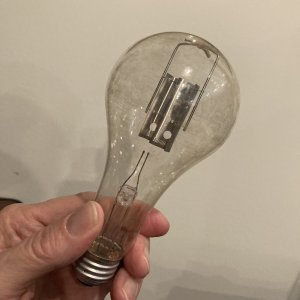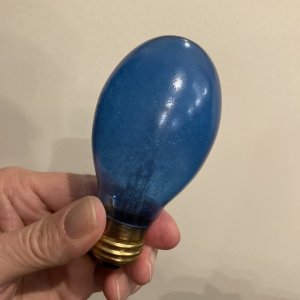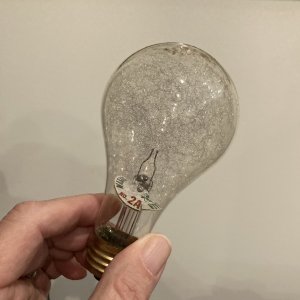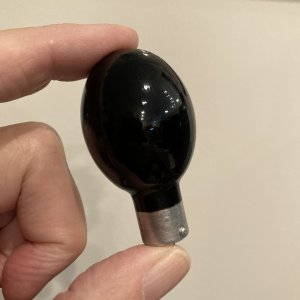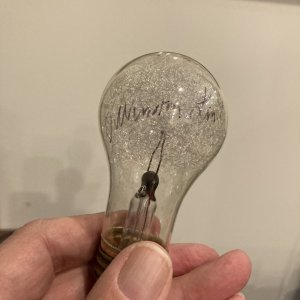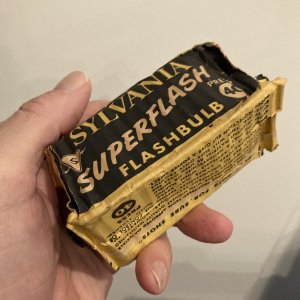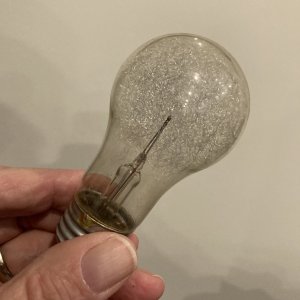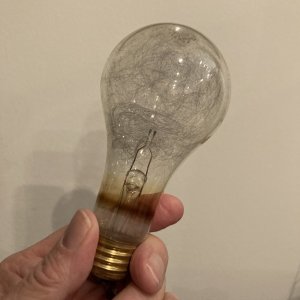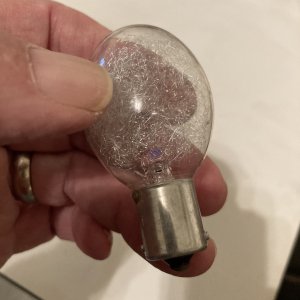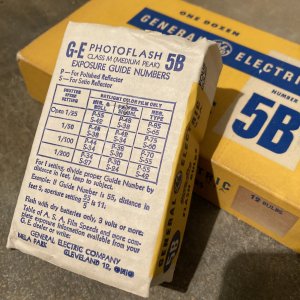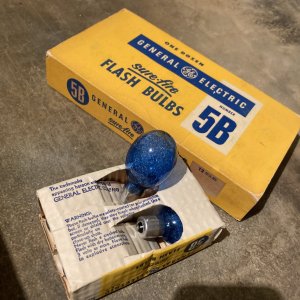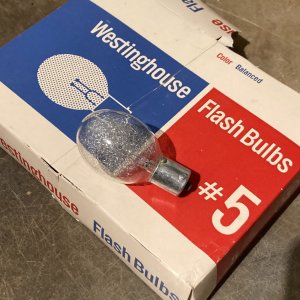Oren Grad
Well-known
Spiratone reminds me... does anyone else remember the Spiratone Colorflow filters? Groovy...
Don’t remember those but I can imagine what they were. We’re ther for a rainbow effect on your image? I always got a kick out of the gadgets he designed and sold. I bought a few things and think the 12mm?? F8 semicircular fisheye was the best. I gave it to my son and he still has it.Spiratone reminds me... does anyone else remember the Spiratone Colorflow filters? Groovy...
More interesting than that: they were polarizer sandwiches that changed color as you rotated the two components relative to each other. Depending on the polarization of different parts of the subject one was photographing, those parts of the subject could be rendered in different ways, producing selective color-change effects.Don’t remember those but I can imagine what they were. We’re ther for a rainbow effect on your image?
Yes, I shot a few rolls of the stuff, using my dad's Kodak Signet 35. (I still have it! 🙂) Now that I think about it,, I got some Series V filters for the Signet from Spiratone too!Infrared Ektachrome was in in the late 60’s to early 70’s....
That was my bread an dbutter paper, both the German and later the Uruguayan made versionsAgfa Brovira. My introduction to the darkroom was with Agfa paper. Loaded with silver! Anyone could get beautiful rich blacks from it, even a rank novice like me.
I like to think of Spiratone as the Lomography of the Sixties.Here are a couple of Spiratone ads. The $39 fisheye was the one I bought around 1970.
Processing and printing in the bathroom is one of those great experiences of learning photography. Most of us that learned in the 50’s and 60’s did that.I'm too old to remember what chemicals I used but I do remember developing Tri X in my tiny ½ bathroom. I even tried contact printing using the light over the sink, it worked! I was taking a photography class in adult education at a local JC and did my printing there. Lost all the prints in a divorce.
Same in the 70s,Processing and printing in the bathroom is one of those great experiences of learning photography. Most of us that learned in the 50’s and 60’s did that.
When I was 9 in 1958 my parents built a new house that actually had a garage and as part of the garage there was a small room to store tools. My dad was into photography and bought a used Omega D2. In the storage room he built shelves and a counter top and hung his Kodak beehive safelight. There was electricity but no running water. We lived in the south and there was no air conditioning in there but did have a portable heater for the winter.
I spent many fun hours in that tiny room processing and printing. What a great experience.


